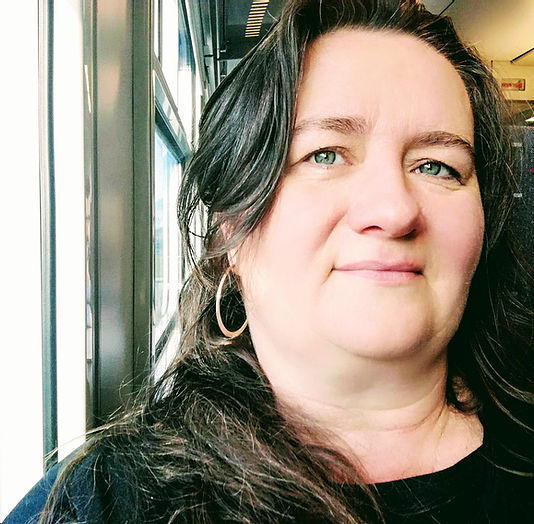Can textile objects with their emotional value, create connections in a city ?
A piece of clothing or a scarf is not just an object to someone. People are inclined to have a feeling towards it. Sometimes even to the extent that the piece of textile gets a very individual, affective value. The personal stories that belong to it, as they are available in all their diversity in a metropolitan context such as Antwerp, is what interests Lies Van Assche as an artist.
The affective dimension of the relationship of people to their physical textile objects, is the focus of the first part of this artistic research. What is the (reciprocal) relationship between the object and the person, and when is there an emotional value ? Is the tactile and sensory aspect important in this relationship ? Findings from this more theoretical research are then tested in the more concrete part of the research in which the artist moves into the city to let people speak for themselves about their emotional attachment to all sorts of textile objects.
The textile objects with emotional value are as diverse as the personal stories that are linked to them and as diverse as the background of the people who tell these stories. In this phase a dialogue is set up with a varied group of people, in order to get a grip on what the emotional bond with textiles could be like. How to approach this dialogue (in a series of physical meetings) is also part of the research: how do you engage in conversation, with whom, within what framework, if you want to surface stories about history, identity, loss, comfort, love, sensuality, ...? In this sense, the intention is to develop a strategy that is both anthropological and artistic in nature, and to use an artistic approach to test methodologies that are comparable to those in anthropology. All the more since in the entire research, the contrast between the immaterial memory and the transient materiality of the physical textile object is a point of attention. The artifact is kept to materialize the immaterial - a memory, a feeling - but is itself subject to time, natural, accidental or intentional decay.
The artist enters the social field and tests different methods, acquires knowledge and then returns with that knowledge to her artistic practice.
This is where art is created as a source of information about ourselves, the other person and the world around us. In this sense, the research is also situated in a social context. An underlying motivation in this respect is social sustainability, by preserving emotional oral history, and setting up links between people and art on a qualitative level, within the city.





